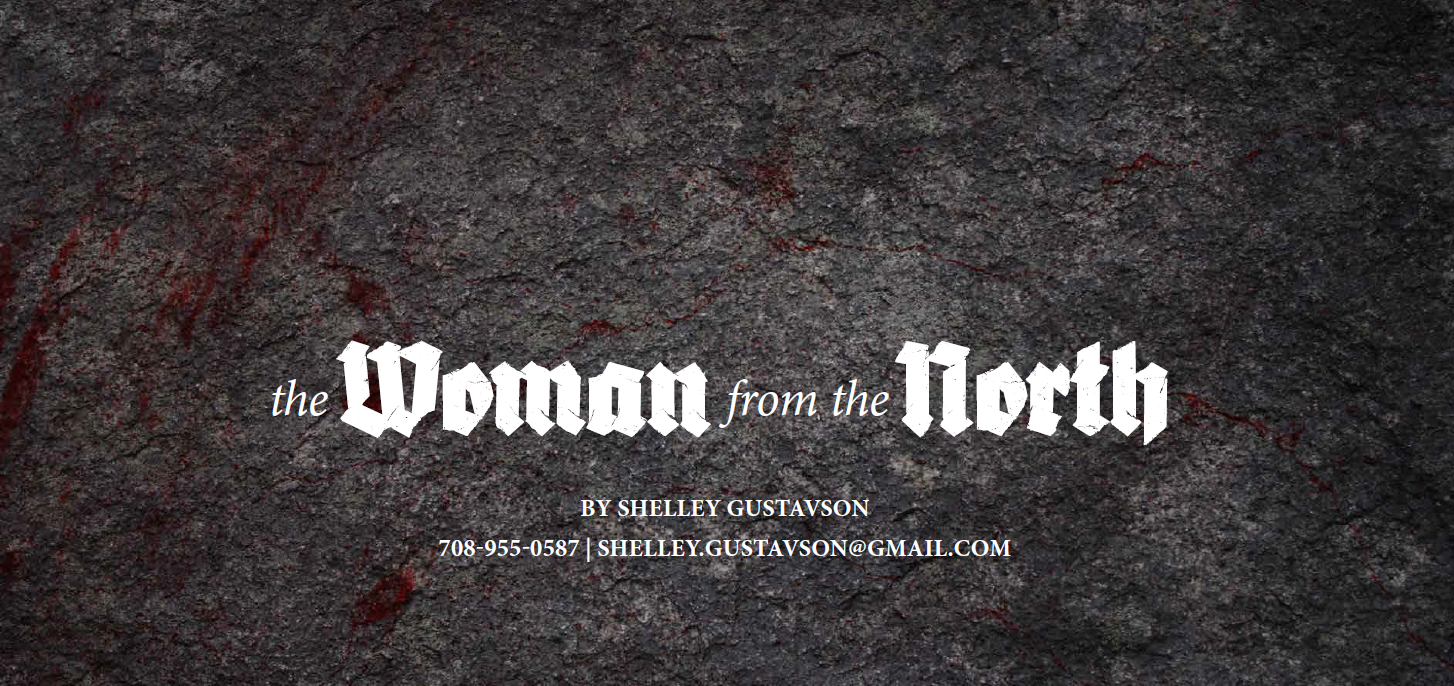I’ve been a neglectful webmother. October’s full-swing school year, fall-time nesting, and the Austin Film Festival scrambled my priorities for a bit. But, I’ve returned refreshed from my favorite time of year, and stuffed full of enough Thanksgiving carbs to fuel a Spartan.
As I had been swimming in adaptation land for nearly two years, AFF’s “no adaptations” Pitchfest rule meant I had to enter October with my next spec’s beats down cold. Scott Myer’s Go into the Story blog then incited a wonderful, community-driven exercise in last month’s Zero Draft Thirty project—a flash-mob of international writers spurring each other to pound-out a script in thirty days.
And so, Ronja of the North was finally born.
Like most newborns she’s sloppy, messy, but here—and, therefore, beautiful nonetheless. I’m looking forward to shaping her into a force to be reckoned with—a new, independent, spunky baby child in a family portfolio populated by too many unoriginals.
First was King Lear—beats, subplots, deceptions, cruelty.
I altered the social politics, tweaked a few ages and career paths to reflect a post-contemporary mindset, and used Shakespeare’s characters as a starting point to dive deeper into backstories and relationships. It was an outgrowth from a thematic seed I had always adored.
I am content with it, but when you’re passed a baton by Shakespeare you can’t end up in too shabby a position.
Then came The Bacchae—it was tonal, emotional. A theme of chaos and release. I knew from where my narrative chaos would spring. I knew this adaptation’s world, as it was my own. It was a dovetailing, a natural coming to be—but, again, the beats, the rough arcs, and the core characters’ voices were present in Euripides’ work.
But this latest spec, Ronja of the North, is all original.
Oddly, this story was inspired by two polar opposite emotions: personal reflection on the issue of aging as a woman (yes, I’ll get to the “Why the E.R. photo?” question in the next post), and a tossed-off joke mined from the internet about an old vampire flick and how it missed the mark…
And then the world poured out.
The beats fell into place.
Rather than putting on my scholarly hat—regurgitating block-quoted gems to reshape into my own ideas—I pulled on my museum hat. I dusted off the development toolkit required to build an efficient, pragmatic framework on which one can then make a creative mess.
I mapped-out that mother*cker like a boss.
Like film and theater, museum exhibitions are creative experiences constrained by the nature of their architecture, audience’s attention spans and cognitive/emotional baggage, not to mention the physical properties of sound and light… (Oh, and money–as to give life to these experiences is to walk a fine line of creative freedom and respect for those talented colleagues further down your assembly line.)
This framework, this left-brained logic, reminds that you can’t do/say/show it all. It focuses your main message; keeps teams adhered to a collective vision.
This framework, however, is also not a nag, wet blanket, nor a squelcher of innovation, but a reassuring presence of calm and pause to your synapse-fired right-brain. It is the track for your wheels, the breath between moments.
It’s there to remind you that this entire package of experience is your big idea. That to drop down into a particular moment, a scene, is a dive deep into content, message, and character that your audience will dance alongside. A gentle nudge of the Who, the What… and the corrective leash of editorial and artistic constraint—trusting the catalyst of your audience to fill in the rest for you.
Where I entered October terrified to operate without the safety net of a primary text’s template, I exited November recognizing I had this narrative toolkit within me. After AFF, I hit the ground running for Scott Myers and my #ZD30SCRIPT.
And this one is all for me.
